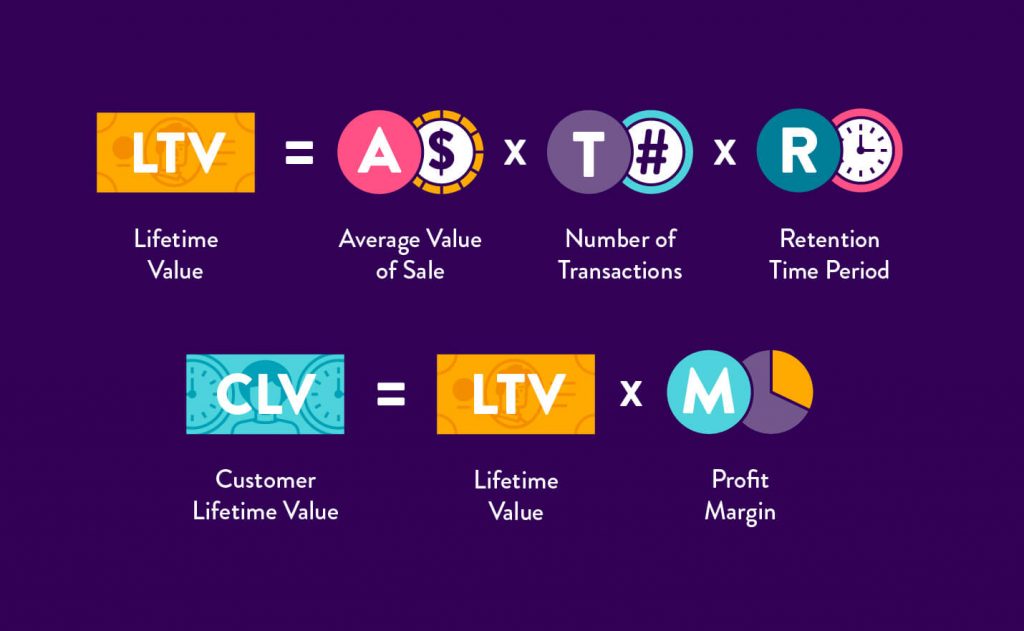To continue with marketing terms I described couple of weeks ago, today I want to share more digital marketing words every marketer needs to know.
DSP (Demand-side Platform) – a system that allows buyers of digital advertising inventory to manage multiple ad exchange and data exchange accounts through one interface.
DSA (Dynamic Search Ads) – the easiest way to find customers searching on Google for precisely what you offer. Ideal for advertisers with a well-developed website or a large inventory, Dynamic Search Ads use your website to target your ads. They can help fill in the gaps of your keywords-based campaigns. Without Dynamic Search Ads, even well-managed Google Ads accounts with many keywords can miss relevant searches. They may experience delays getting ads written for new products. Or they can get out of sync with what’s actually available on advertisers’ websites.
E-commerce – the activity of buying or selling of products on online services or over the Internet. Electronic commerce draws on technologies such as mobile commerce, electronic funds transfer, supply chain management, Internet marketing, online transaction processing, electronic data interchange (EDI), inventory management systems, and automated data collection systems.
GDN (Google Display Network) – a group of more than 2 million websites, videos, and apps where your ads can appear. Display Network sites reach over 90% of Internet users worldwide. With the Display Network, you can use targeting to show your ads in particular contexts (like “outdoor lifestyles” or “cnn.com”), to particular audiences (like “young moms” or “people shopping for a new sedan”), in particular locations, and more.
GTM (Google Tag Manager) – a free tool that allows you manage and deploy marketing tags (snippets of code or tracking pixels) on your website (or mobile app) without having to modify the code.
LTV (Life Time Value) – a prediction of the net profit attributed to the entire future relationship with a customer. The prediction model can have varying levels of sophistication and accuracy. It can range from a crude heuristic to the use of complex predictive analytics techniques. Customer lifetime value can also be defined as the monetary value of a customer relationship, based on the present value of the projected future cash flows from the customer relationship. Customer lifetime value is an important concept. It encourages firms to shift their focus from quarterly profits to the long-term health of their customer relationships. Customer lifetime value is an important metric because it represents an upper limit on spending to acquire new customers. For this reason it is an important element in calculating payback of advertising spent in marketing mix modeling.
If want to learn more about the customer life time value I strongly recommend to read Customers for Life: How to Turn That One-Time Buyer Into a Lifetime Customer by Carl Sewell.
I will continue to fill up the list of your marketing vocabulary, so wait for my new posts.







